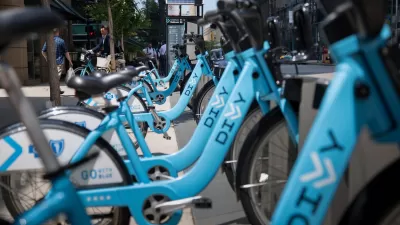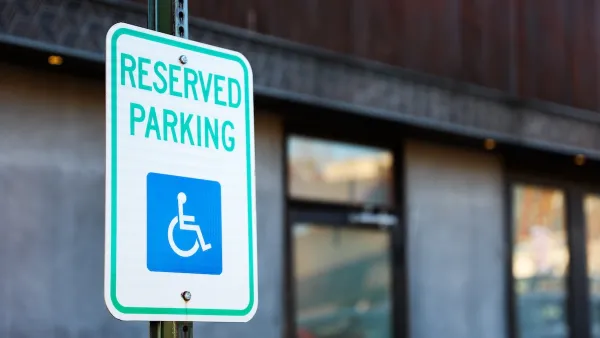This article features the innovative outreach work of the Broward County Metropolitan Planning Organization, the North Jersey Transportation Planning Authority, and California High-Speed Rail, among others.

On a sunny April day about 200 cyclists of all ages spent the morning and early afternoon riding around Vista View Park in Davie, Florida. There were lessons on bicycle safety, helmet fittings and giveaways. The event, called “Let’s Go Biking,” sounds like one a cycling club might host, but it’s a regular program organized by the Broward County Metropolitan Planning Organization (MPO) as part of its Complete Streets Initiative.
While the event encourages people to bike for their health and to consider cycling as a transportation alternative, it also gives the MPO an opportunity to introduce itself to members of the community who may not attend a traditional public meeting. The events are also used to showcase infrastructure improvements Broward MPO is planning or has completed. And last year, after attendees checked in at the registration table, they were encouraged to take a survey about their future transportation needs as part of the planning organization’s federally required long-range transportation plan update.
“We want to be in the community, and we want to be engaging with people,” said Erica Lychak, communications principal coordinator for Broward MPO. “This gives us a shared activity of sorts but the other thing that it does is it lets us say, ‘Hey, here’s what the MPO is actually doing.’”
The annual events are just one of many creative ways the planning organization is working to reach the public. And Broward MPO isn’t alone in these efforts. Metropolitan planning organizations and transportation providers across the country are turning away from reliance on traditional public meetings in favor of new, interesting, unorthodox and sometimes fun outreach techniques—special events, booths at fairs, pop-up kiosks, student advisory groups, community liaisons, graphic novels and more. The goals are the same—to ensure the public has an effective voice in how their tax dollars are invested. It also helps the public shape the delivery of programs and services. This issue of InTransition presents some of the innovative ways public agencies across the United States are engaging their communities.
FULL STORY: Reaching the People

Planetizen Federal Action Tracker
A weekly monitor of how Trump’s orders and actions are impacting planners and planning in America.

Chicago’s Ghost Rails
Just beneath the surface of the modern city lie the remnants of its expansive early 20th-century streetcar system.

San Antonio and Austin are Fusing Into one Massive Megaregion
The region spanning the two central Texas cities is growing fast, posing challenges for local infrastructure and water supplies.

Since Zion's Shuttles Went Electric “The Smog is Gone”
Visitors to Zion National Park can enjoy the canyon via the nation’s first fully electric park shuttle system.

Trump Distributing DOT Safety Funds at 1/10 Rate of Biden
Funds for Safe Streets and other transportation safety and equity programs are being held up by administrative reviews and conflicts with the Trump administration’s priorities.

German Cities Subsidize Taxis for Women Amid Wave of Violence
Free or low-cost taxi rides can help women navigate cities more safely, but critics say the programs don't address the root causes of violence against women.
Urban Design for Planners 1: Software Tools
This six-course series explores essential urban design concepts using open source software and equips planners with the tools they need to participate fully in the urban design process.
Planning for Universal Design
Learn the tools for implementing Universal Design in planning regulations.
planning NEXT
Appalachian Highlands Housing Partners
Mpact (founded as Rail~Volution)
City of Camden Redevelopment Agency
City of Astoria
City of Portland
City of Laramie




























